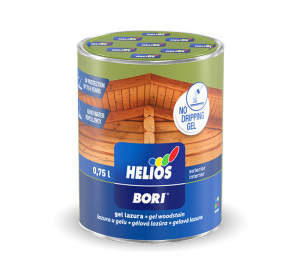Future-Oriented Innovations
Future-oriented innovations are products, firms and techniques that improve the lives of people. They can boost sectors like healthcare and space technology, and also boost a business’s competitiveness. To create them, it takes a lot https://datatraininst.com/2020/10/15/future-mobility-specialists-are-passionate-professionals-with-a-high-degree-of-experience of work from various high tech technique stakeholders. It also requires a paradigm shift and an epistemic awareness. It is crucial that the staff and leadership of an organization are open to taking note of trends over time and paying attention to them.
Fear of the unknown, reluctance toward change, and a focus only on the short-term gain are the main barriers which hinder the development of future-oriented ideas. In organizational settings these can be overcome by encouraging the growth mindset, encouraging the culture of innovation and creating a sense of future goal for employees to achieve. This is known as the phronesis. It is a belief that people require a reason to take risks in their work. It can result in higher employee retention rates for organizations that adopt a futuristic approach.
It is becoming more apparent that innovation ecosystems can benefit from an understanding of the future possibilities. This could be achieved by integrating foresight into the innovation ecosystem, expanding structural ties between research programs and strategy building processes, and increasing general awareness of the future by incorporating diverse perspectives into dialog. The model of the foresight wheel provides a methodological framework that can meet these demands in a manner that is both effective and scalable. This article discusses this new approach for developing forward-looking innovations.


